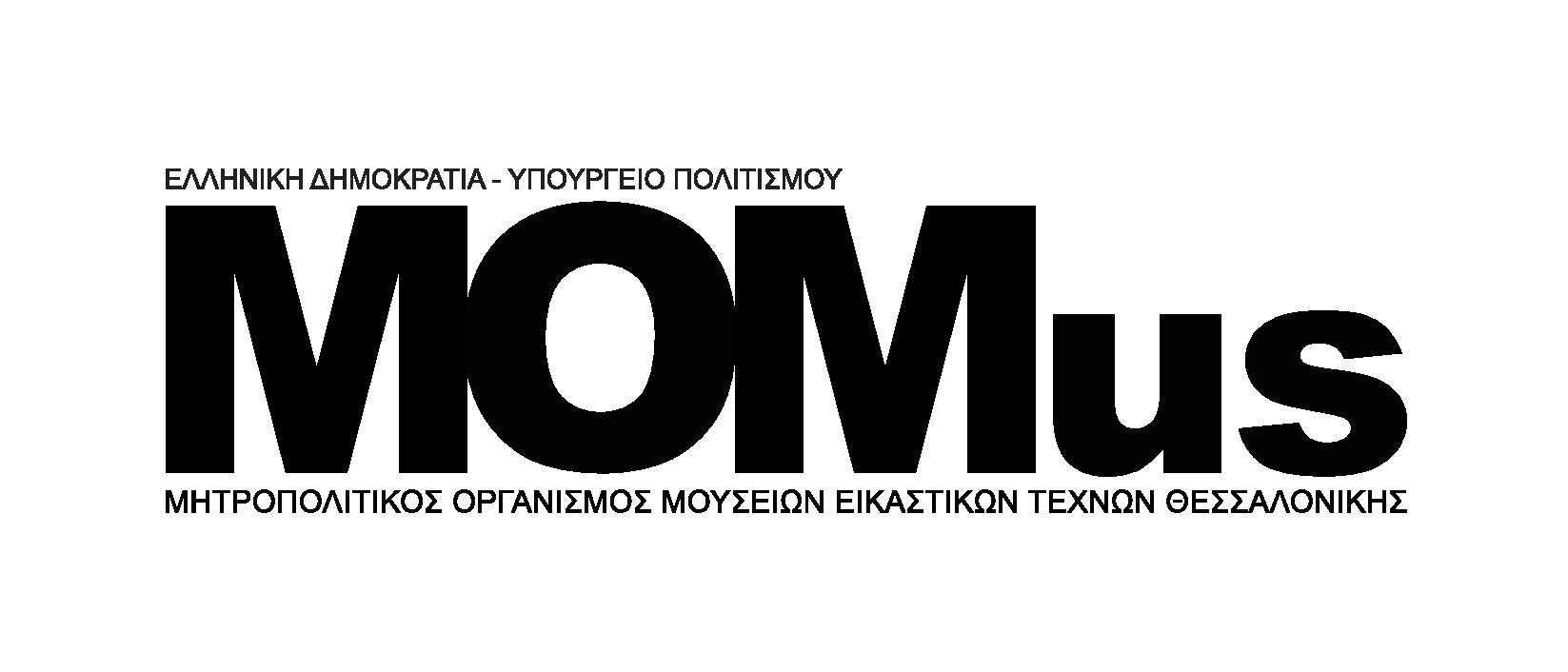Το Παρεκκλήσι της Ουράνιας Κλίμακας πρωτοπαρουσιάστηκε το 1997 στην 47η Μπιενάλε της Βενετίας (εθν. επίτροπος Έφη Στρούζα) ως ένα από τα έργα της ελληνικής συμμετοχής. Σχεδιάστηκε το 1995 από τον Στήβεν Αντωνάκο έχοντας ως έμπνευση τη βυζαντινή εικόνα της Ουράνιας Κλίμακας της Μονής της Αγίας Αικατερίνης του Σινά, την οποία φιλοτέχνησε ο μοναχός Ιωάννης της Κλίμακος.
Αποτελείται από μια τετράγωνη στιβαρή κατασκευαστική δομή από σκουριασμένο σίδερο, η οποία αντέχει στις καιρικές συνθήκες. Στην είσοδο του διακρίνονται 12 σταυροί ως αναφορά στους 12 αποστόλους, ενώ από την οροφή που έχει σχήμα ελληνικού σταυρού εξέρχεται χρυσή κλίμακα που συμβάλλει στην σύνδεση της γης με τον ουρανό. Το στέγαστρο της εισόδου καλύπτεται από κόκκινο νέον ενώ στο περίγραμμα του ανοίγματος της οροφής έχει τοποθετηθεί μπλε τετράγωνο νέον. Σύμφωνα με τον καλλιτέχνη «…αυτά τα δύο χρώματα είναι στην ουσία, το άλφα και το ωμέγα της τέχνης μου». Πρόθεση του καλλιτέχνη ήταν καθώς ο επισκέπτης εισέρχεται στο σκοτεινό εσωτερικό που δημιουργεί μια αποπνικτική ατμόσφαιρα να βρίσκει «διέξοδο» στη θέα της σκάλας που υψώνεται πάνω από το άνοιγμα της οροφής και φωτίζεται με νέον προξενώντας εν τέλει μια πνευματική εμπειρία, ένα αίσθημα ανάτασης, υπέρβασης και απελευθέρωσης.
Μετά τη λήξη της Μπιενάλε της Βενετίας, το Παρεκκλήσι δωρίθηκε από τον καλλιτέχνη στον ελληνικό λαό και εγκαταστάθηκε στον προαύλιο χώρο του Κρατικού Μουσείου Σύγχρονης Τέχνης της Θεσσαλονίκης [σήμερα MOMus-Μουσείο Μοντέρνας Τέχνης-Συλλογή Κωστάκη] στη Μονή Λαζαριστών.
(EL)
The Chapel of the Heavenly Ladder was first presented in 1997 at the 47th Venice Biennale (National Commissioner Efi Struza) as one of the works of the Greek participation. It was designed in 1995 by Stephen Antonakos, inspired by the Byzantine icon of the Celestial Scale of the Monastery of St. Catherine of Sinai, which was created by the monk John of Klima.
It consists of a square, sturdy construction structure made of rusty iron, which can withstand the elements. At the entrance, 12 crosses are visible as a reference to the 12 apostles, while a golden scale, which contributes to the connection between the earth and the sky, emerges from the roof, which is in the shape of a Greek cross. The entrance canopy is covered with red neon, while a blue neon square is placed in the outline of the roof opening. According to the artist "...these two colours are, in essence, the alpha and omega of my art". The artist's intention was that as the visitor enters the dark interior, which creates a suffocating atmosphere, the visitor would find "escape" in the view of the staircase that rises above the ceiling opening and is illuminated with neon, ultimately evoking a spiritual experience, a feeling of uplift, transcendence and liberation. After the end of the Venice Biennale, the Chapel was donated by the artist to the Greek people and was installed in the courtyard of the State Museum of Contemporary Art of Thessaloniki [today MOMus-Museum of Modern Art-Costakis Collection] in the Moni Lazariston.
(EN)
 /aggregator/portal/institutions/MOMus
/aggregator/portal/institutions/MOMus


